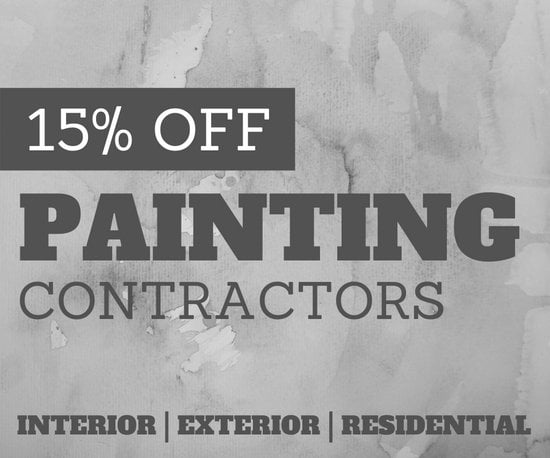Seasonal Considerations For Industrial Outside Paint: What You Required To Know
Seasonal Considerations For Industrial Outside Paint: What You Required To Know
Blog Article
Content Create By-Ford Whalen
When you're preparing an industrial external paint task, seasonal factors can make or break your outcomes. You'll want to consider exactly how temperature level and humidity effect paint application and drying times. Choosing the appropriate period can ensure your paint sticks appropriately and lasts longer. Yet which periods are really the most effective for this sort of work? Let's explore the key elements that can influence your job's success.
The Impact of Temperature Level on Paint Application
When you're planning a business outside painting task, the temperature level can significantly influence how well the paint adheres and dries.
Ideally, you wish to paint when temperature levels range in between 50 ° F and 85 ° F. If it's too cold, the paint might not heal properly, resulting in problems like peeling off or breaking.
On the other hand, if it's also warm, the paint can dry out also rapidly, avoiding proper attachment and causing an irregular coating.
You need to also think about the moment of day; morning or late afternoon uses cooler temperature levels, which can be a lot more favorable.
Always check the maker's suggestions for the details paint you're using, as they often supply advice on the excellent temperature range for optimum outcomes.
Humidity and Its Effect on Drying Times
Temperature level isn't the only ecological element that affects your commercial external painting task; moisture plays a considerable duty too. High humidity levels can decrease drying out times substantially, affecting the overall top quality of your paint work.
When the air is filled with wetness, the paint takes longer to heal, which can cause problems like poor bond and a higher danger of mildew development. If you're repainting on an especially humid day, be prepared for extensive wait times in between coats.
It's vital to keep an eye on local weather conditions and strategy as necessary. Ideally, aim for humidity degrees in between 40% and 70% for optimal drying out.
Maintaining can you paint ceiling and walls same color consider mind guarantees your job remains on track and provides a long lasting finish.
Best Seasons for Commercial Exterior Paint Projects
What's the very best time of year for your industrial exterior painting projects?
Spring and early fall are commonly your best bets. Throughout these periods, temperature levels are mild, and humidity levels are frequently reduced, developing ideal problems for paint application and drying.
Stay clear of summertime's intense heat, which can create paint to dry as well promptly, resulting in bad attachment and finish. Similarly, wintertime's cool temperature levels can hinder proper drying out and treating, taking the chance of the long life of your paint task.
Aim for days with temperature levels in between 50 ° F and 85 ° F for optimum results. Remember to inspect visit the site for rain, as wet conditions can spoil your job.
Preparation around these factors guarantees your paint task runs smoothly and lasts much longer.
Conclusion
Finally, intending your business outside painting tasks around seasonal factors to consider can make a significant difference in the result. By organizing ceiling painted same color as walls throughout the ideal temperature levels and humidity levels, you'll guarantee better bond and drying out times. Remember to keep an eye on neighborhood weather report and select the correct time of year-- spring and very early fall are your best bets. Taking these steps will certainly assist you attain a durable and expert finish that lasts.
